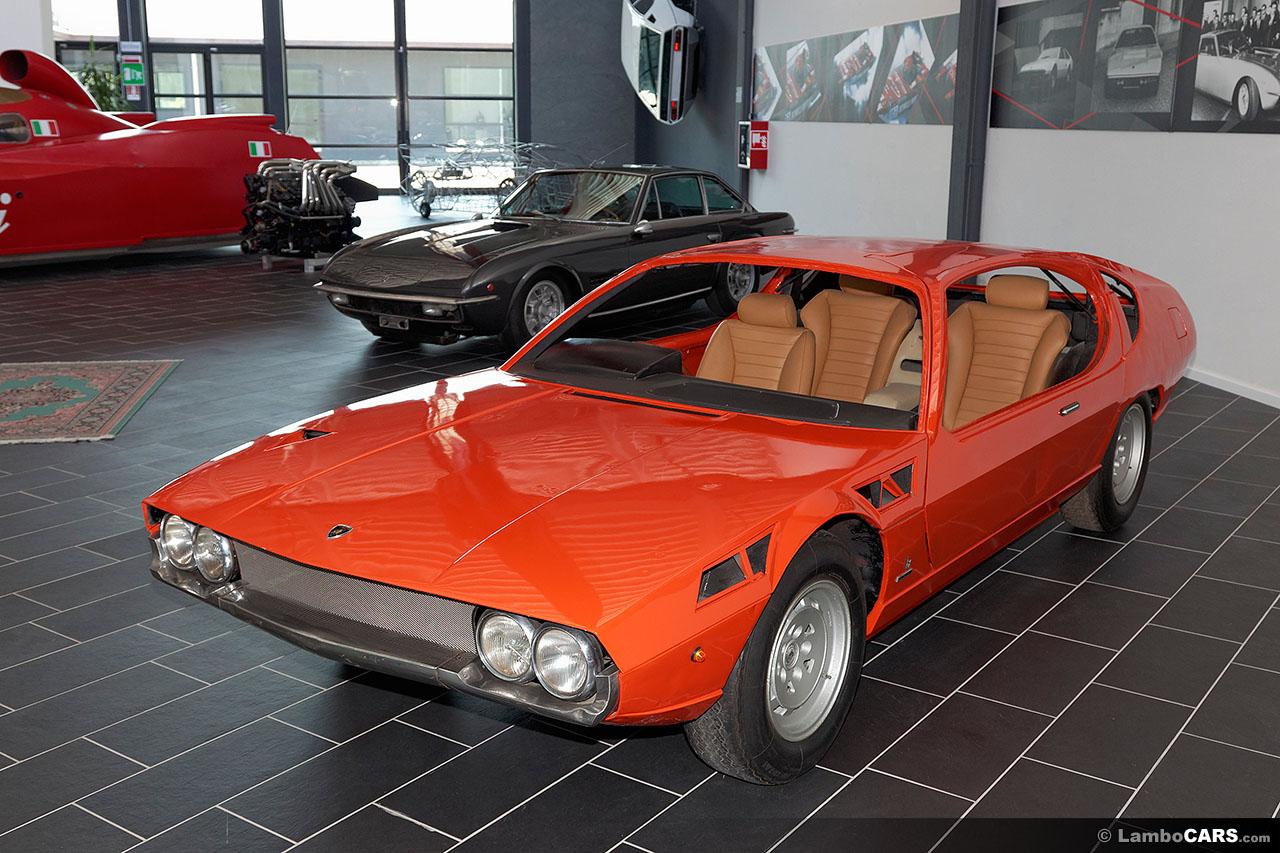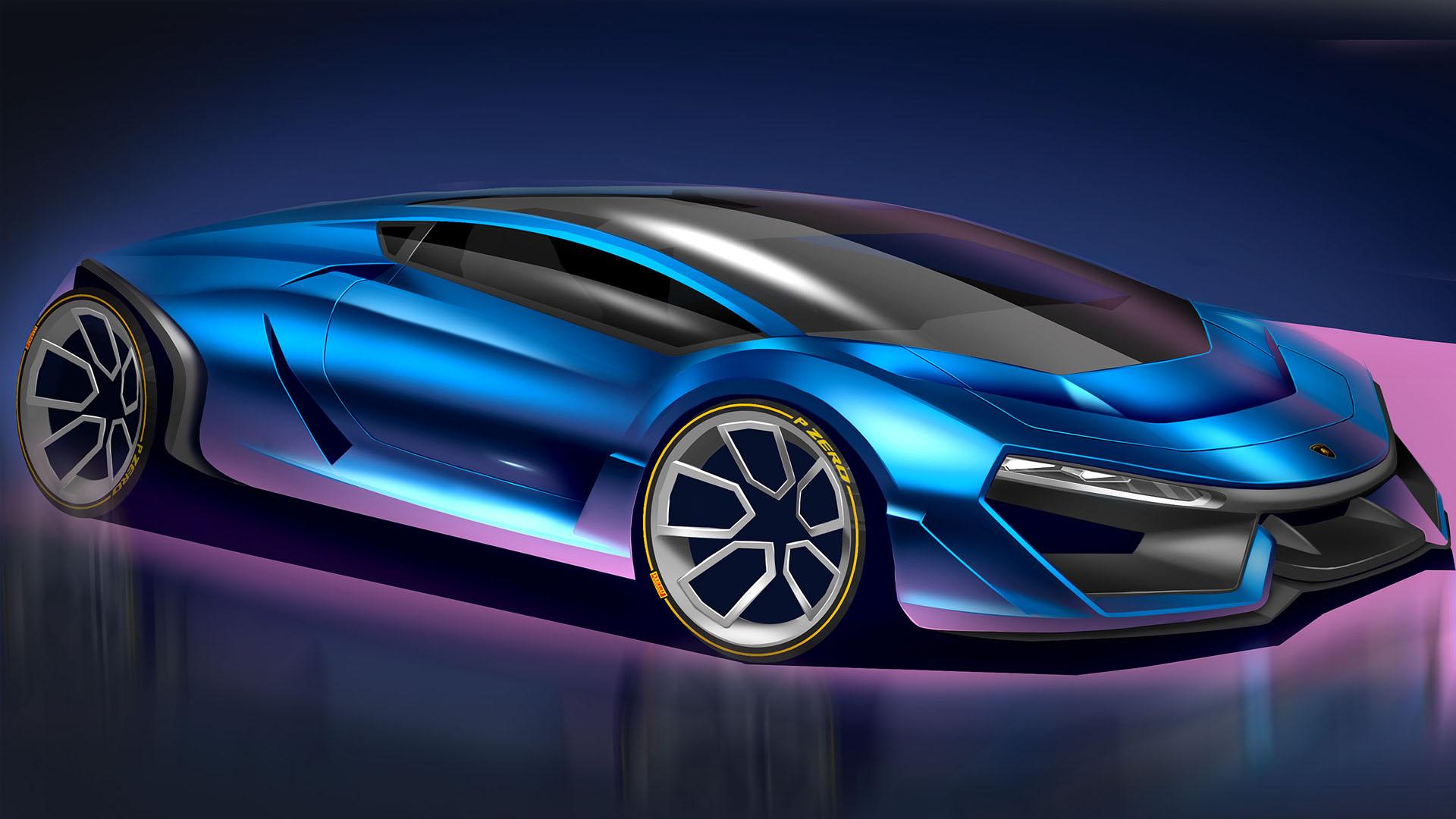Before the design of the Piranha was modified to become the new Lamborghini Espada four-seater, Bertone had a more challenging concept ready for this all-new Lamborghini, using gull-wing doors as seen on the Marzal prototype, the first Espada concept looked very futuristic.
But Ferruccio Lamborghini really disliked the glass panels in the lower parts of the Marzal doors, rumor has it he wanted to avoid women with short skirts to run into trouble when seated inside, so these doors were removed on the production version of the Espada, but the prototype still featured them.
A small front section of the massive side windows could be wound down for fresh air, because of the sheer size of these doors, special struts were mounted to keep them open, with the weight of the glass panels not helping to reduce the mass of them, because these doors were so large, entry to the rear seats was very easy.
Big air vents appeared on the front fenders, later on the Espada production version they were still there but luckily became a little smaller, also the Naca ducts in the engine hood were used on the production units as where the four big round headlamps,a trademark for the successful Espada.
This prototype was completely finished and was actually driven by Lamborghini test drivers, but Ferruccio deemed the design to be just a little over the edge, he noticed the Piranha which was based on Jaguar mechanics during a visit at the Bertone Design Studio and requested his Espada to be loosely based on this design instead of the daring prototype he received, note that the initial 350GT was influenced by the Jaguar E-Type, Ferruccio liked the Jaguar designs it seems.
Bertone complied with his demand and the Espada was created, a very good looking, low slung car that really holds four people in all comforts, and can do so at very high speed thanks to the fabulous four-Liter V-12 mounted up front driving the rear wheels, the Espada became one of Automobili Lamborghini SpA most successful cars, selling over 1200 units during the production run.
Initially the original Espada prototype was left at the factory, over time the interior was removed, the engine and wheels were taken from it and the car was left out in the open air on a field behind the factory … but today we can admire this unique car at the Museo Ferruccio Lamborghini.



